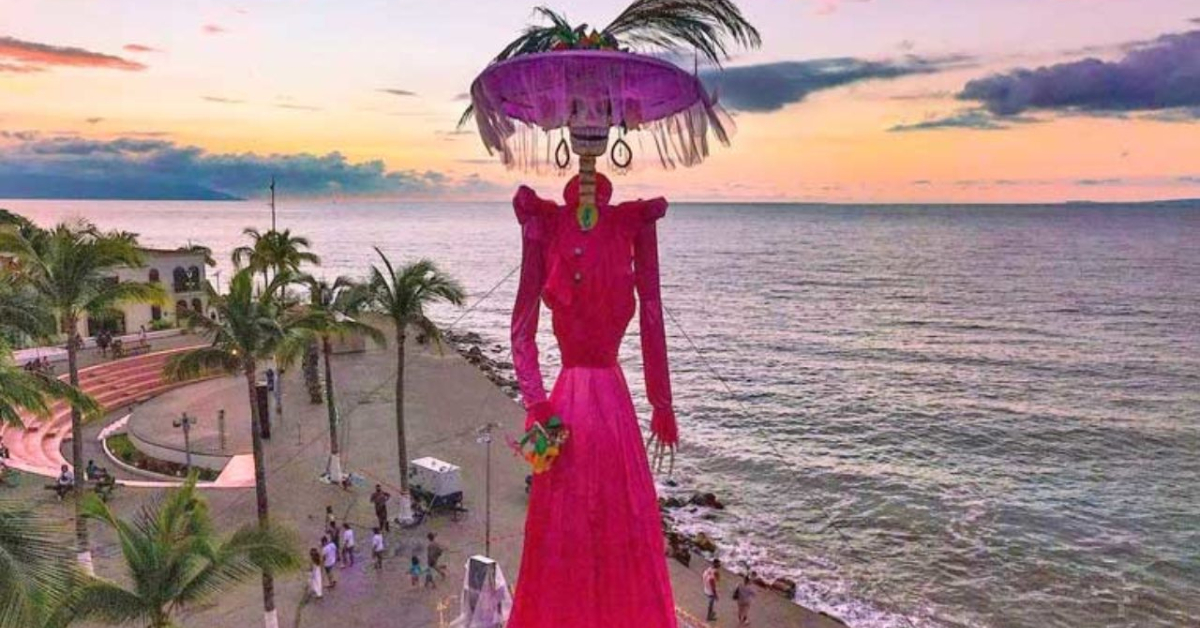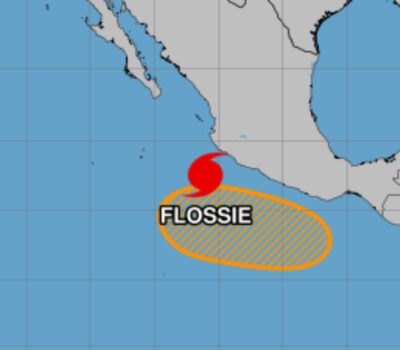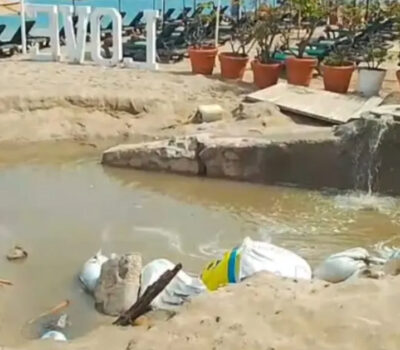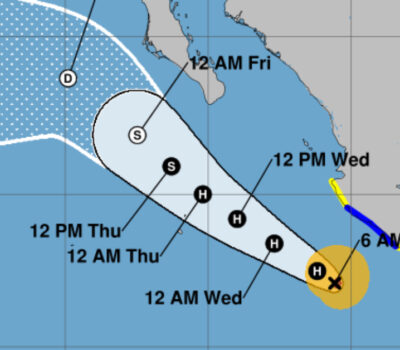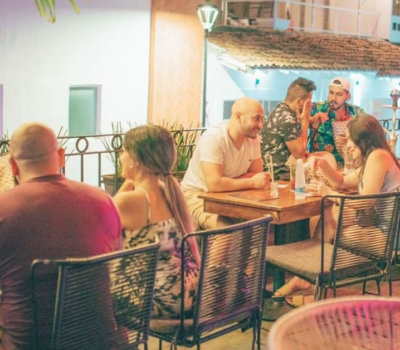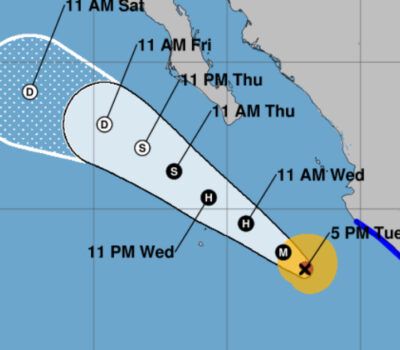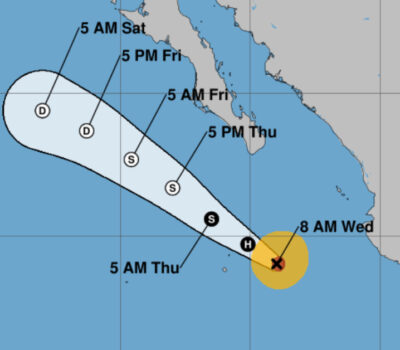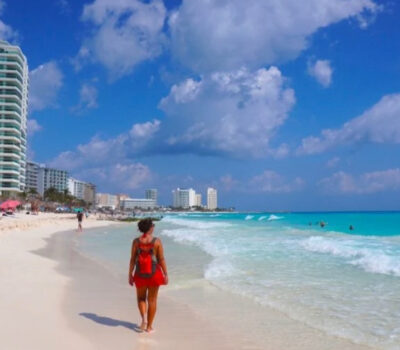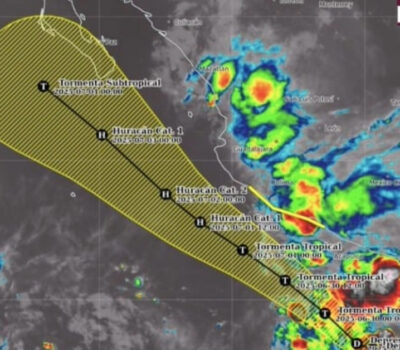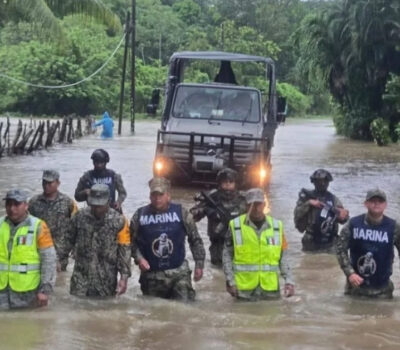Día de Muertos is a Mexican holiday, which translates to “Day of the Dead,” that is celebrated in Puerto Vallarta, Mexico, and around the country, to remember those who have died.
While Día de Muertos is often confused with Halloween, the day is actually different from the U.S. holiday as Halloween creates fear of death while the Mexican holiday celebrates those who have passed on and are excited about their return.
Celebrations for Día de Muertos in Puerto Vallarta start on, or around, Oct. 23, but the actual holiday is on Nov. 1st and 2nd. The holiday is one of the largest holidays in Mexico and in turn, has been growing in popularity with the Hispanic population in the United States.
Día de Muertos in Puerto Vallarta 2022:
Día de Muertos can be experienced throughout Puerto Vallarta with altars and street parties organized each year that invites locals and tourists to come together and enjoy part of the Mexican culture.
From October 23 until November 4 Puerto Vallarta prepares a series of activities for you to learn more about this unique celebration, which will be held in different venues around the city.
Of course, not Día de Muertos is complete without a parade, and we expect that to return this year in Puerto Vallarta!
Day of the Dead 2022 in Puerto Vallarta should be more exciting as it is expected to return in full force after two years of cancellations and scaled-back events due to the COVID-19 pandemic. Official schedules are expected to be released in the first week of October and all the details will be published here!
Celebrate Día de Muertos on the Isla Cuale where the island will be transformed into a family-friendly event that will feature face painting, ofrendas, katrinas, loteria games, arts, special shows from the students of Universidad Arkos, music, food, drinks and ‘Tours de Muertos’ on the Rio Cuale Island. Admission is free!
Also, Puerto Vallarta plans to break the world record for the tallest Catrina in the world when it places a 25-meter tall Catrina on the Malecon on Thursday, October 27.
Puerto Vallarta Day of the Dead schedule 2022
Once again Puerto Vallarta will be filled with color, aromas, flavors, and a purely Mexican tradition with the ‘Day of the Dead Festival’, which will be held from October 27 to November 5, organized by the municipal government, through the Department of Tourism and Economic Development, the Vallarta Institute of Culture (IVC) and SEAPAL Vallarta.
This is one of the most important traditions in Mexico, which the people of Vallarta celebrate and visitors enjoy, for which an attractive program has been prepared in which there will be logistical support from various municipal agencies and institutions.
The festival will be inaugurated on Thursday, October 27 in the area of the Malecón Lighthouse, where a pavilion will be installed in which various activities will be carried out. On that opening day, a saxophonist and Grupo Uno will perform, and the most important thing will be the lighting of a huge catrina with which a Guinness record will be set.
On Saturday the 29th, the exhibition ‘Death before your eyes in Puerto Vallarta’ will be inaugurated at the Itinerant Mummies Museum of the Encarnación de Díaz municipality, at the La Lija Cultural Center.
On Monday the 31st, at the open-air theater of Los Arcos del Malecón, the Cuauhtémoc Folkloric Ballet and ‘Aladín and the marvelous lamp’ from the Adopt a Dancer Social Project will be presented. In addition, the Ixtapa Delegation will hold its live altars and catrinas contest.
On Tuesday, November 1, at the Arcos del Malecón there will be more cultural activity with a group of singing students and Latin instrument musicians, while in the Las Palmas Delegation there will be their contest of altars and living catrinas.
On Wednesday, November 2, there will be a parade of personified charros on their horses for the celebration. At the Malecón Lighthouse, there will be a show about the Historical Evolution of the Day of the Dead and a musical by La Llorona with tenors from Guadalajara. In addition, the measurement of the great catrina and the delivery of the Guinness Record will be made, and to close the day the projection of a video mapping and a spectacular pyromusical show.
On Thursday, November 3, at Los Arcos del Malecón, the Xiutla Folkloric Ballet, the Mía Dance Studio show and there will be a living catrina contest will be presented. On Friday, November 4, on the same stage, a rhythmic gymnastics exhibition and the presentation of Show Coco, from the Adopt a Dancer Social Project.
The festival will close on Saturday 5 at the Malecón Lighthouse, where a musical show will be presented.
From the first day of activities, there will be altars in the external corridors of the Municipal Palace, catrinas in palm trees, and large skulls and decorations along the Malecón. Likewise, the great catrina installed last year, this time will be placed in the main square of El Pitillal and there will be another catrina of considerable dimensions in Marina Vallarta.
Check back soon for the 2022 Day of the Dead activities in Puerto Vallarta
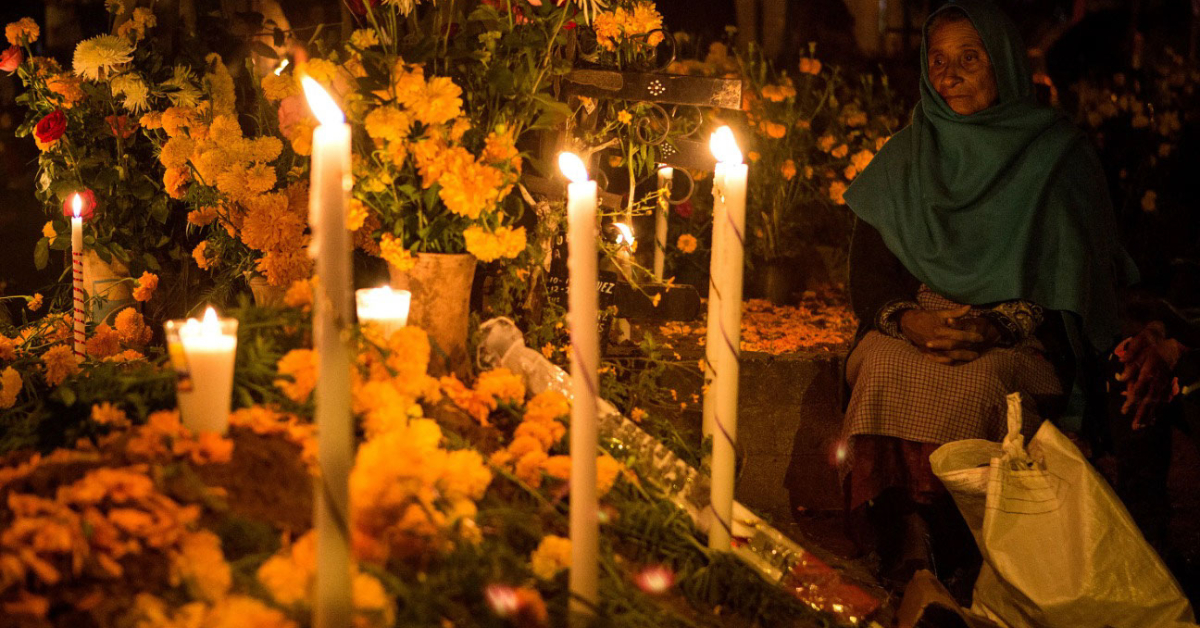
Here are 9 fun facts about the Día de Muertos:
1. The history of the holiday dates back to the time of the Aztecs. During this time, the Aztecs would have a month-long summer celebration commemorating Mictecacihuatly, the Lady of the Dead. After the Spaniards conquered the Aztecs and spread Catholicism, the tradition remained and slowly assimilated with the Christian holiday of All Saints’ Day, which is also celebrated on Nov. 1.
2. Día de Muertos is celebrated by making beautiful altars to attract the spirits of those who have passed and invite them to return, but only for a visit. The altar should have the favorite foods of the deceased and the four elements of nature represented on the altar: water, wind, fire, and earth. Families hold vigils, visit cemeteries of loved ones, and prepare delicious foods. Homes are typically adorned with photographs of those who have died.
3. In Mexico, Nov. 1 is for celebrating children and infants who have passed and Nov. 2 is to honor the adults who have passed. As such, November 1 is often referred to as “Día de Inocentes” or “Day of the Innocents” and November 2 is “Día de Difuntos.”
4. The official flower used to honor the dead is the marigold (Mexican cempasúchitl) as the color yellow is akin to the sun and represents life and hope. The flowers are used to decorate altars and graveyards.
5. The day before Día de Muertos, families hold a vigil involving music, food, and drinks at the graveyard of their loved ones.
6. The traditional dish that epitomizes Día de Muertos is a sweet roll called Pan de Muerto (bread of the dead). The roll is made of sugar, eggs, all-purpose flour, milk, water, margarine, salt, active dry yeast, and anise seed. The bread can be formed into angels, animals, or for this holiday, a skeleton.
7. The basic belief behind Día de Muertos is that the human soul does not die. As such, while an individual may pass away, their soul can travel to and from this world and the afterlife, allowing loved ones’ souls to visit.
8. UNESCO has declared that Día de Muertos is an Intangible Cultural Heritage of Humanity.
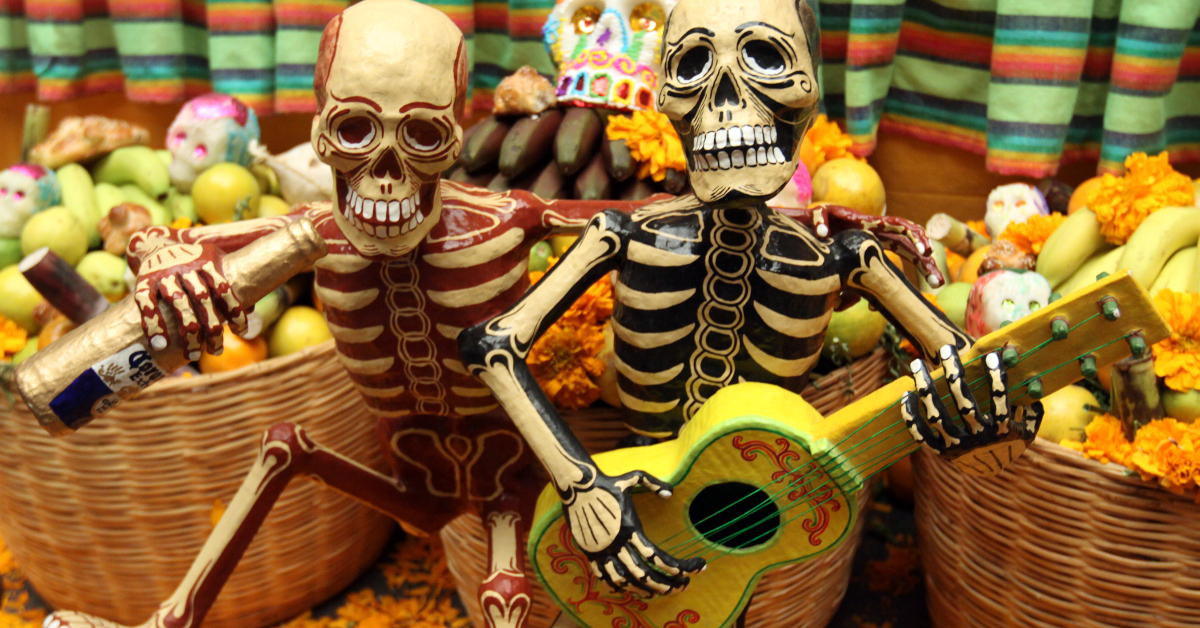
Common phrases to know about Día de Muertos:
1. Altar: As stated before, many people make altars or “ofrendas” (offerings) in their homes to honor their loved ones who have died.
2. Ofrenda (Offering): It is used to refer to the things that are placed on the altar for the spirits. Sometimes the altar itself is referred to as an “ofrenda.”
3. Calavera: A “calavera” is a skull, a “calaverita” is a little skull, and a “calavera de azúcar” is a sugar skull. These are placed on the altar and often have the name of the deceased person inscribed on the forehead.
4. Pan de Muerto (Bread of the Dead): It is one of the most associated foods with Day of the Dead and can vary greatly from region to region. It is often placed on the altar but can also be consumed and dunked in coffee or hot chocolate.
5. Cempasúchil (“Flor de Muerto”): This is a flower used in Day of the Dead altars and to decorate graves, known as Marigold in English. It grows plentifully at this time of year in Mexico and its pungent odor is said to attract the spirits who come to visit their mortal loved ones on this day.
6. Copal: Copal incense was burned in Mesoamerica in ancient times and is still burned for special ceremonies and is often placed on or near Day of the Dead altars as another element to draw in the spirits. The word copal comes from the Náhuatl word “copalli” which means, “incense”.
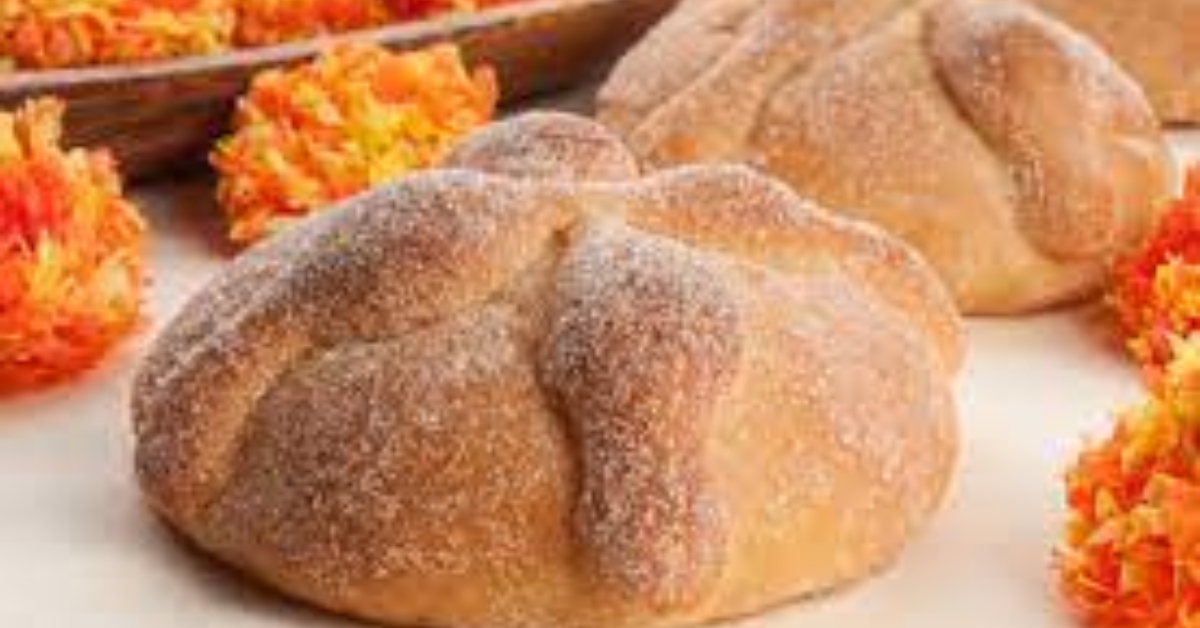
The food and traditions of Día de Muertos
As I remember since I was a child back in Northern Mexico, Día de Muertos has always been a day of celebration. In each home, relatives came from far away to spend one night and one day honoring their “difuntos” (dead loved ones). Everywhere I turned, I remember seeing people carrying flowers, candles, and food, lots of food! Many cars were parked on the street, people greeting each other, talking and laughing, the sense of fiesta was everywhere…..and the aromas coming out of my mother´s kitchen…oh my God, the aromas!!
As a kid, I remember being so excited about Día de los Muertos, because for one night, the old, scary, dusty, sad cemetery of my hometown was turned into a clean, happy, lighted, pretty, scented place!
We helped our parents light candles and put fresh flowers in water around the graves and then while they got busy visiting, my cousins and I will run all over, just having a grand time. Death became a completely different concept …for one day.
The tradition of Day of the Dead is probably one of the most representatives of our “Mestizaje” (name given to the racial mix of a person of European and Native American descent). Historians place its origin thousands of years before Spain invaded Mexico. Many nations before the Aztecs, such as the Olmecs, Teotihuacans and Mayans celebrated death as a natural part of Life.
When the Spaniards invaded Mexico, a sort of synchronism happened between the ancient Native American rituals and of those imposed by them, Day of the Dead is the best example of that.
Nowadays, many Mexican families build an “Altar de Muertos” in their homes in which they honor members of the family that are gone, decorating them with vibrant orange and purple paper, lots of “Cempasúchitl” (marigolds), which is considered the most important flower in this tradition as it is believed to guide the souls of the loved ones back home for that special day.
According to some traditions, altars must have three levels: At the top representing Heaven, they place their Saints, the middle representing Purgatory – is where the Difuntos´s pictures are placed – and at the base, representing Earth, is the place to put some of the food and beverages they liked.
The amazing and fantastic synesthesia that emanates from the Altar brings to my mind some of the Traditional foods prepared for that special day throughout Mexico; Mole, Tamales, Pibipollo, tacos, Pan de muerto, etc. But, there is one that pervades from all others as the favorite in our Nation: Tamales!
Some say we have over five thousand kinds of tamales in Mexico alone and I am gladly sharing with you, one recipe that I know, will turn you into a Tamale Lover! Invite some friends over, and let the fiesta begin!
Tamalitos de Cerdo en salsa verde
- Masa (Dough) (makes 12 tamales)
- 300grs Maseca
- 100 grs lard (melted)
- 1 tsp. sea salt
- 2 tsp. baking powder
- Broth (about 3 cups)
- Relleno (filling)
- 500 grs pork shoulder
- 4 large garlic cloves
- ½ white onion
- Few sprigs cilantro
- 2 bay leaves
- 1 celery stalk
- 2 tsp. sea salt
- 12 cups water (Above the meat)
- 300 grs tomatillo
- 2 Poblano peppers
- 4 large garlic cloves (finely chopped)
- 2 white onions
- 1 bunch cilantro
- 2 Serrano peppers (optional)
- 2 tbsp. lard
- 12 large tamales leaves (soaked in water for two hours)
Place the first eight (8) ingredients for the filling in a medium size sauce pan. Cover and let it come to a boil, reduce the heat and let simmer for about 1 hour (until meat is cooked) Let cool completely, take meat out, shred and set aside. Strain broth, discard the rest and set broth aside.
In a Medium size pan, place 2 tabs lard, add chopped onion, Poblano pepper in julienne and Serrano peppers if using. Let cook at medium heat for about 5 minutes, add shredded pork, garlic and tomatillo, season with salt and pepper, cover reduce the heat and and let it cook for 25 minutes. Add chopped cilantro, season with salt and pepper and let cook for two more minutes. Turn off and let cool completely.
Place the 300 grs maseca, lard, salt and baking powder in mixer, adding broth to mix well at medium speed for 10 minute to the desire texture. You will know when is ready by taking a tsp. of the mixture and comes off easily from your hand.
Take the tamale leaves out of the water and dry them with a paper towel, Put 2 tbsp. of the masa in the inside part spreading it around the middle part (this will allow you to fold the tamale correctly. Place enough meat mixture and fold sides of leaf in, then fold the bottom part and tied it together with a little stripe taken from the same tamale leaf. Continue until you make a dozen tamales (you could make twice more if you make them smaller).
Fill the steamer with water according to the instructions, cover and let it come to a boil. Place the tamales upright, making sure water is not touching them. Cover again and bring it to boil, reduce heat and let them cook for 40 minutes. Let them rest for at least 5 to 10 minutes before serving. You will know your tamale is ready, when comes off the leaf easily. Serve with salsa verde.
Día de Muertos is a Mexican holiday, which translates to “Day of the Dead,” that is celebrated in Puerto Vallarta, Mexico, and around . . .

